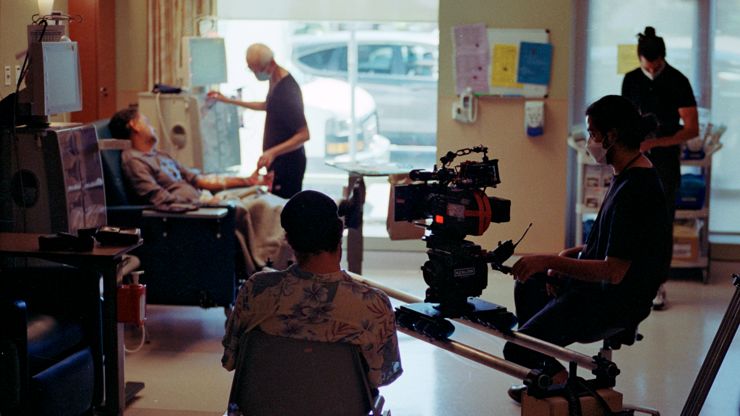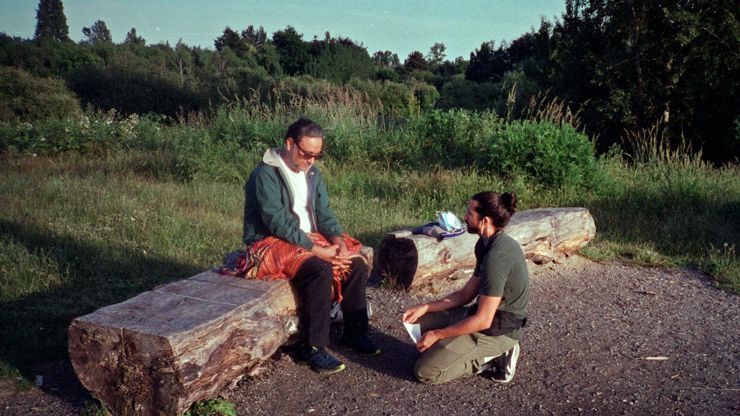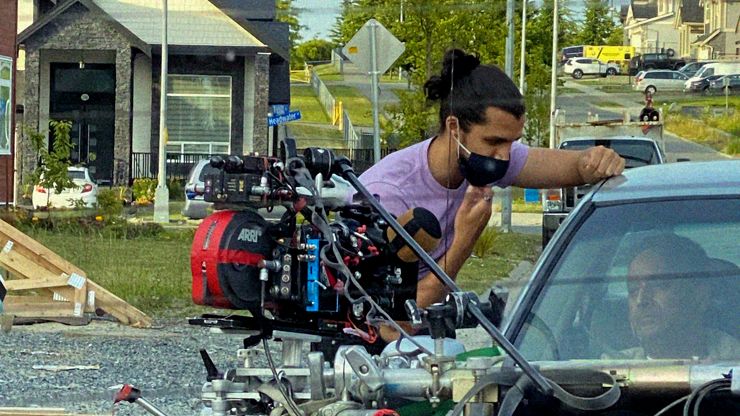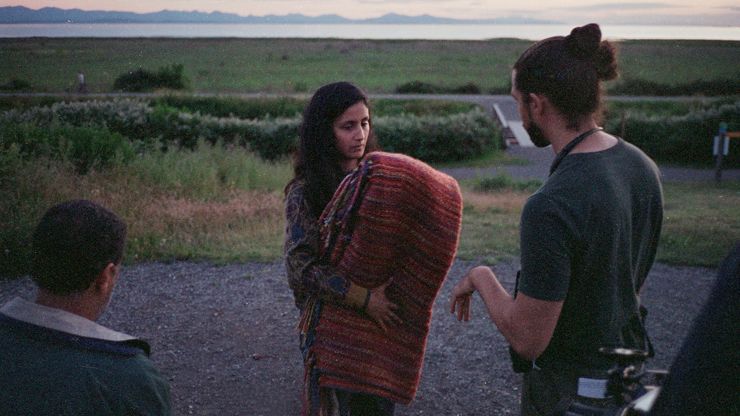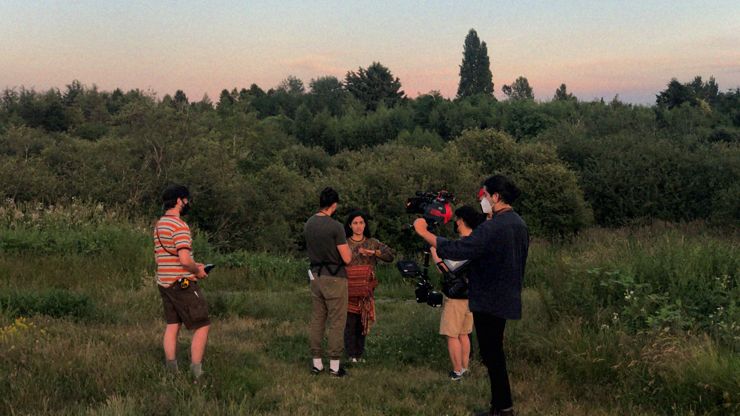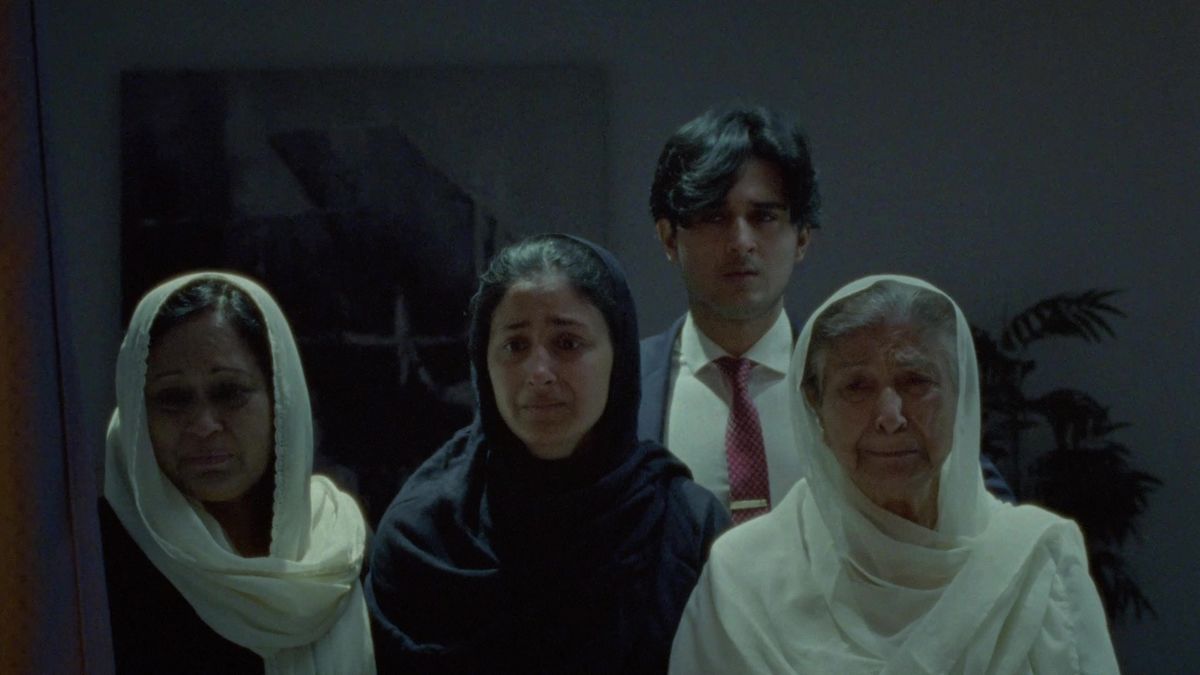Alexander Farah's heartbreaking meeting
In an emotive and affecting music video for Desirée Dawson's Meet You At The Light, Farah tells the tale of a family facing loss, and the father-daughter relationship at its heart.
It's not unusual for music videos to be emotive experiences, but few manage to conjure the depth of heartbreak present in Alexander Farah's Meet You At The Light.
Set to Desirée Dawson's track, written after she had lost a grandparent, Farah's film tells the intimate story of a daughter and her diabetic dad, within an immigrant South Asian household. Presenting the relationship as a tricky one to navigate, the film, aided by some powerful performances from real-life father and daughter Ishaval and Kamaldevinder Gill, is raw yet loving.
We were deeply impressed, and moved, by Farah's film, so sat down with him for some further insights into its creation.
Credits
View on-
- Production Company Wallop Film
- Director Alexander Farah
-
-
Unlock full credits and more with a shots membership
Credits
View on- Production Company Wallop Film
- Director Alexander Farah
- Executive Producer Wallop
- Production Designer Charlie Hannah
- DP Farhad Ghaderi
- Colorist Sam Gilling
- VFX Support Lucas Hrubizna
- Sound Designer/Audio Mixer Eugenio Battaglia
Explore full credits, grab hi-res stills and more on shots Vault
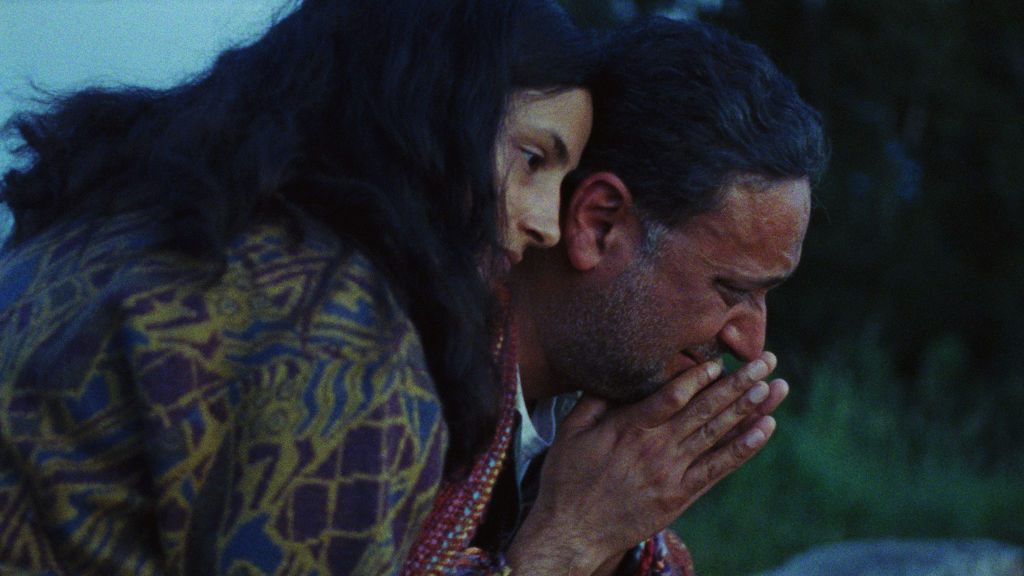
Credits
powered by- Production Company Wallop Film
- Director Alexander Farah
- Executive Producer Wallop
- Production Designer Charlie Hannah
- DP Farhad Ghaderi
- Colorist Sam Gilling
- VFX Support Lucas Hrubizna
- Sound Designer/Audio Mixer Eugenio Battaglia
What was the starting point for the film? What in the track did it need to reflect?
Desiree wrote this song after she lost her grandpa in South Carolina during the beginning of the COVID-19 pandemic, as a result of not being able to attend his funeral.
She sought to create a piece that explored different facets of grief through the reflection on what someone’s presence means to someone, pre and post-mortem.
How did you develop the father-daughter relationship that forms the film's heart?
The daughter of the film is based on a very close friend of mine. Her dad died in the spring of 2020, after an exhaustive five-year battle with diabetes, kidney failure, sepsis and severe depression. Given my proximity to her family, I had a front-row look into some of the challenges they faced, and more insightfully, how heavy they weighed on my friend throughout her dad’s deteriorating health.
“Leaving the hospital, driving back home, I would feel so weak.. overwhelmed by not being able to do more. In bed I would be looking at old photos and webpages on life expectancy of people with the same health issues as my dad and get so upset by it,” she’d explain to me.
We had chatted at length about sculpting and sharing this story in a way that feels honest, true, and lived-in.
The relationship between a caregiving child and a co-dependent parent feels emotionally rich.
Personally, the relationship between a caregiving child and a co-dependent parent feels emotionally rich. How the intersections of love, responsibility, patience, honour and sacrifice all weave together, specifically in a Brown household — I knew I would have a fruitful and exciting time directing this sort of project. I want to shed light on the beautifully emotional relationship between this father and daughter — that it could be playful, sincere and earnest, all at once. I want to steer clear of the narrative that children are not always burdened by their sick parents — that honour, fulfilment and deep, deep love can submarine out of the process, despite how grim the circumstances may seem. And most importantly, how both father and daughter manage to wholeheartedly communicate this unspoken love while holding space for one another.
There was a beautiful paradox of sorts at play here; the closer that she became with her father through caregiving, the less agency he held onto as a parental figure - something he wanted to hold onto as long as he can. What delicate territory to traverse… and when I got to do it with an actual real-life father and daughter, the project really started to take on a life of its own.
How did you prep the film?
One of the predictable challenges of this project was casting. I had assembled a Brown family of four, seven years ago on my first short film, and knew it would come with similar struggles. Despite having excellent casting directors, I still struggled to find suitable parents to play these roles, particularly the father. After sifting through the few Brown men who were submitted but naturally unavailable for our shoot dates, I decided to plant a seed - I asked the young woman I cast as the daughter, Ishaval, to consider asking her father to perform in the film. She politely said yes, though I was able to sense her hesitancy. She offered me the chance to connect with him to discuss the script and scope of the project. We had a very short video call that in all honesty, left me feeling a bit ambivalent.
I arranged to meet the two of them together six weeks before production, to see what we were working with. Ishaval and her dad, Kamaldevinder, sat on opposite ends of the couch and were both shyer than I had anticipated, I was, in all honesty, a bit worried at the time. We spoke about their relationship, their family life, their upbringing… I knew I had written a script for this piece but I really wanted to re-shape the characters after the two of them.
So we talked. And talked. And talked.
Finally, I decided to break the ice with a few warm-up exercises. They were not particularly extraordinary icebreakers, but once I saw a quick glimpse of them participating with one another with such earnestness, I knew there was gold tucked under the tombstone of their relationship; it would just take a committed amount of digging.
[The relationship] was so special to see and feel, I kept praying that putting cameras in front of it would not scare it all away.
Fast forward five weeks. We met every week. Sometimes we’d improv, other times we’d interview one another or workshop certain ideas, talk about the cultures we were raised in… it started to feel like a really lovely routine. Getting to spend so much time with her and her dad felt really warm and special, one of those filmmaking experiences I’m not sure I’ll get to have again. With each week, we’d bring in other characters one at a time - the mother, the grandmother and the brother crafting together the dynamic of this family. Again, a luxury I’m not sure I’ll have on future projects of this size/budget, but felt very grateful for this time around.
By the end of our prep time, I had sensed such a shift in the relationship between this parent and child (and by extension, my relationship to them). Hard to put into words, but the warmth, playfulness, closeness… It was so special to see and feel, I kept praying that putting cameras in front of it would not scare it all away.
How was the shoot itself?
Our producers, Shyam and Kashif and I determined the best-suited schedule for this shoot, cushioning every scene with the understanding that we were working with actors of varying (or no) experience, in some very delicate settings nonetheless. Their logistical support and emotional encouragement were paramount to the completion of this project.
This entire process reflects the therapeutic sweet spot of filmmaking I really aspire for - that balance of non-fiction and fiction, hope and fear, and hurt and healing.
It was important for me to create an energy behind the camera that matched the softness in front of it. Every team member we brought on really contributed to the intimate family-style film set I feel most comfortable with. I worked very closely with our cinematographer, Farhad Ghaderi, who brought such gentle and nurturing energy to this project. It can be challenging to meet collaborators who just 'get it', but with Farhad’s skills and instincts, I felt very understood and safe, in a way that let me channel my energy into some of the more challenging work I had to do.
What have you taken away from the experience?
At the end of this project, Ishaval told me I was a “blessing” for her family, something that really made me melt.
To think that I got to play a tiny role in the (re)bridging of their relationship - that is my biggest takeaway from this project, regardless of how it is released and who sees it (this sounds like fluff, but I really do mean it). This entire process reflects the therapeutic sweet spot of filmmaking I really aspire for - that balance of non-fiction and fiction, hope and fear, and hurt and healing.
I am deeply grateful for the experience, for friends old and new, for the generous support of the MVP Project and Creative BC alike, and for the humbling opportunity to share this story with anyone with whom it may resonate.
)



